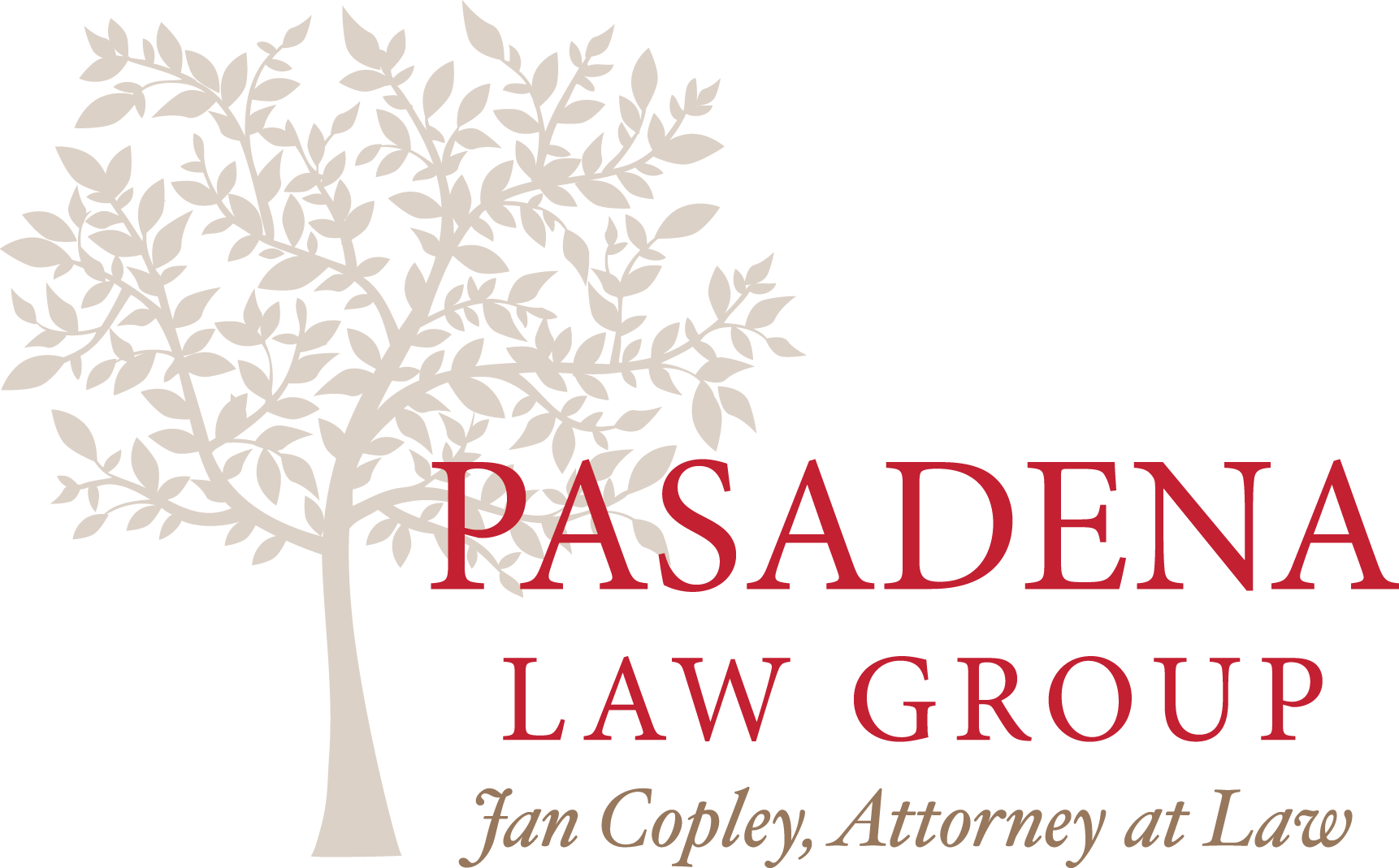When you add or dispose of certain assets, this may require an update in your estate plan. This includes opening a new investment account, selling property, or acquiring new property. In a thorough estate plan, all of these assets should be incorporated with a transfer through your probate estate, or through other estate planning strategies like a living trust.
Adding New Assets: What to Know
The value of your estate may change with substantial differences in property ownership, which is a good reason to create a revocable trust that may help you with distributing these assets in the most cost effective, private, and efficient way. If you are aiming to pass on these assets to a child who is currently a minor, it may be appropriate to establish another trustee to distribute these assets.
Each asset should be considered both as part of your bigger estate plan and as an individual item. This way, you can select planning strategies for that item that protect your interests best. You might choose to put an asset in a trust rather than a transfer-on-death designation to add more control and structure, for example.
Furthermore, you may choose to use a trustee to transfer assets to those beneficiaries that you may believe are unable to handle these assets responsibly on their own. If you have existing investment accounts, you may also be eligible to transfer these into a revocable trust.
However, you should always work with a qualified estate planning attorney who can tell you more about all of the assets that make up your probate and non-probate estate. Certain assets pass outside of probate, such as many retirement accounts and life insurance policies.
Contact our Pasadena, CA estate office to discover more information about creating your own estate.










